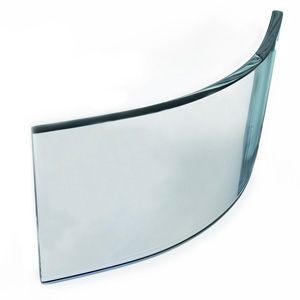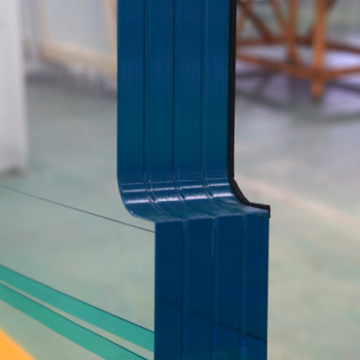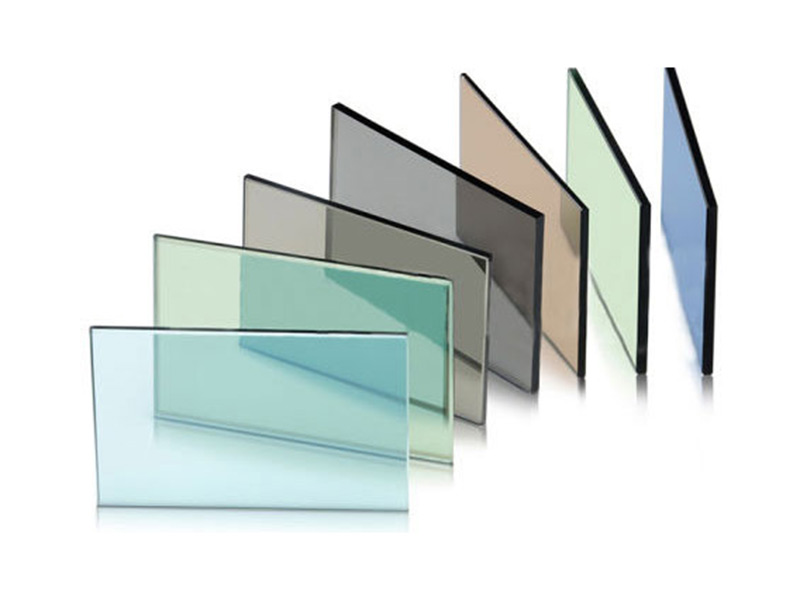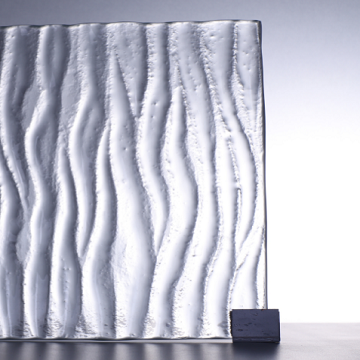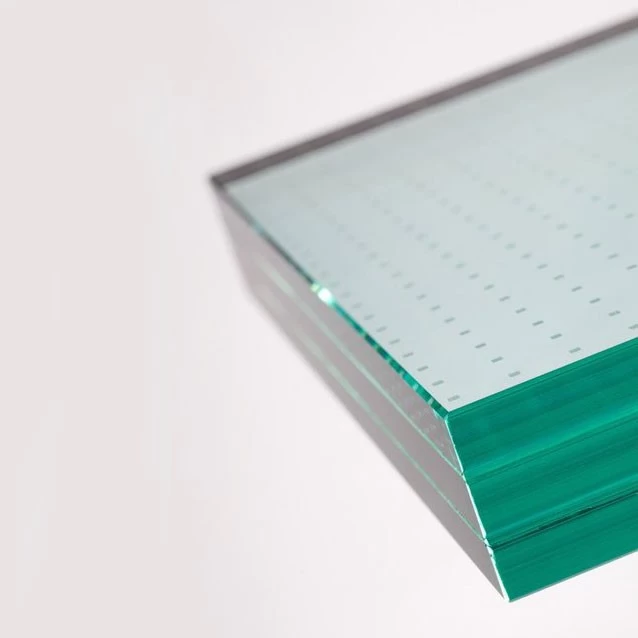Low E Windows: Hard Coat vs. Soft Coat
With warmer months just around the corner, ensuring your replacement windows are made with Low-E glass is as important as ever. “Low E” glass stands for “low emissivity.” In other words, Low E glass is produced with microscopically thin silver coatings which limit the amount of ultraviolet and infrared light coming through your windows and into your home.
While Low E glass is the obvious choice when replacing your windows, understanding the difference between a “Low E hard coat” and a “Low E soft coat” will allow you to make the best decision for your home and personal needs!
Low E Hard Coat Windows
A hard coat on a Low E window is when a thin layer of silver is sprayed onto the surface of the glass at a very high temperature.
Advantages of Low E Windows:
· Since Low E glass doesn’t need to be sealed into an insulated glass unit, its durability offers the possibility for added accessories (e.g.) blinds in between the panes
· This is a more inexpensive option since there are less layers needing to be applied (compared to a “soft coat”).
Disadvantages of Low E Windows::
· U-values are typically higher as the glass isn’t as energy efficient as a Low E soft coat. (still energy efficient nonetheless!)
· Typically yields a higher solar heat gain coefficient, allowing more infrared and ultraviolet light to pass through the glass (compared to a soft coat Low E window)
Low E Soft Coat Windows
Low E soft coat windows are produced by adding 2-3 very fine layers of silver to the glass. While the addition of these multiple layers create a fairly delicate glass, the more layers added, the better the glass performs at blocking UV rays and lessening solar heat gain.
Advantages:
· When compared to a hard coat, soft coats tend to have more optical clarity. (hard coats can come off as a bit “hazier”)
· Provides ultra low emissivity, creating optimum u-values.
· Can provide up to 70% less UV transmission compared to standard clear glazing.
Disadvantages:
· The Low E coating is very fragile, so extreme care and special gloves must be used when handling this type of glass.
· More difficult to temper due to its heat reflection properties.
· Can be more expensive with the added layers of silver and extra fragility
How should I measure the thermal performance of windows?
There are many factors which affect the thermal performance of windows. The climate you live in, the framing material, the window construction and the quality of installation will all affect the performance of the total window. Since glass represents up to 85 percent of any window, the quality and properties of that glass are extremely important in measuring overall window performance.
R-Value or U-Value The R-value measures resistance to heat flow (you may have heard of this term with regard to fiberglass home insulation). Its inverse (1/R) is called the U-value, which measures heat flow, or thermal conductivity. It's one part of measuring how well your windows will perform. The lower the emissivity, the higher the R-value, and the lower the U-value (and the better). But solar heat gain is the other important factor to measure in evaluating a window.
Shading Coefficient or Solar Heat Gain Coefficient The Shading Coefficient is a measure of how much solar energy is admitted through the glass. The higher the number, the better for passive heat gain. While ordinary clear glass allows more solar energy into your home than low-E glass does, clear glass has such a low R-value that it transfers that solar energy gain, as well as heat from your furnace, right back out of your home. If you spend more money heating your home than you do to cool it, the key is to have a high R-value and a relatively high Shading Coefficient. And that's exactly what Low-E Glass provides.
Another way of describing the amount of solar heat gain through a window is the Solar Heat Gain Coefficient (SHGC). SHGC represents the percentage of the available solar energy which enters the interior of the home. Again, the higher the number the better for passive solar heat gain. SHGC will be included in the near future on window labels used by several states in order to allow the consumer to compare the solar heat gain between various window options.
Will Low-E windows really help the resale value of my home?
Ninety percent of consumers surveyed said they would like energy efficient windows in their homes. Typically, homebuyers are impressed with a great new kitchen or incredible bathroom, but now good windows are also a priority. According to a recent survey done by Remodeling Magazine, real estate agents nationally estimate a new set of energy-efficient windows returns 75 percent of your money invested.
The architectural Glass Supplier In China:
Low e glass is a fantastic amalgamation of strength and aesthetics, making it an ideal choice for offices, homes, schools and other commercial enclaves. To bring out the best in Low e glasss, you can count on Wallkingdon glass. Our Low e glass solutions are high-grade, able to withstand extreme differential temperatures, is durable, and does not crack or break easily. Get in touch with us today to take the safety factor of your home or office to the next level!
Wallkingdon Glass is a leading glass supplier in China for architectural and interior glass and offers a variety of tempered and laminated glass products to satisfy a wide range of applications.
If you have any question for any type of glass , pls kindly contact us via enquiry@wallkingdonglass.com


